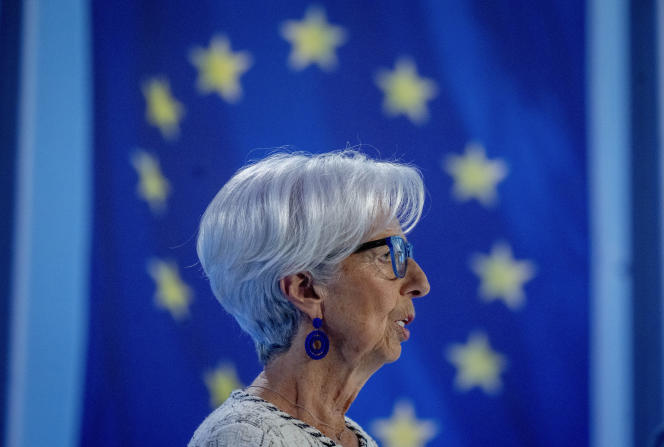On Wednesday 28 June, the European Union laid the foundation stone for the creation of a digital euro. The Commission has presented its legislative proposal, drawing the outlines of what this new form of money could be.
If its implementation will not be effective for several years – around 2027 or 2028 – and its exact operation remains unclear, the issue is fundamental: “It’s a question of monetary sovereignty”explains Valdis Dombrovskis, Vice-President of the European Commission.
At the outset, there are two observations. The first, obvious, is the decline in the use of cash, which has accelerated with the Covid-19 pandemic. In some eurozone countries, cash now accounts for barely 20% of transactions.
The second was the shock caused by Facebook’s plan, at the end of 2018, to create its own currency. Libra was meant to be a stable, dollar-backed currency that its roughly 2 billion users could use among themselves. The American monetary authorities did everything to block the project, which was finally abandoned. “But it was a sudden alarm”, explains a source at the European Central Bank (ECB). Imagining that international trade could circumvent current financial circuits and weaken central banks was extremely worrying.
“We cannot remain passive”
Moreover, no less than a hundred central banks in the world are working on the issue of digital currencies. China is way ahead and has already issued its own digital yuan, in pilot projects in several major cities. “We cannot sit back while other countries start thinking about issuing their own digital currency”write in a joint forum, published on The worldTuesday 27 June, Fabio Panetta, member of the Executive Board of the ECB, and Mr. Dombrovskis.
So much for the theory. But, concretely, what would a digital euro look like? To understand, we must remember that there are currently two forms of money: cash, which is directly issued by the ECB (the banknotes are also signed by its president, Christine Lagarde); and money issued by commercial banks, for example when they grant a loan. This second form will not change, only the first is affected.
There is no question of making cash disappear, but of adding a “complement” to it, with a digital euro which would be the equivalent of cash, but in electronic form. This currency could be kept on an application on his phone, or on a prepaid card. It must make it possible to pay even without an Internet connection. A maximum limit, to be determined, will be set for the quantity that each can possess.
You have 36.52% of this article left to read. The following is for subscribers only.
